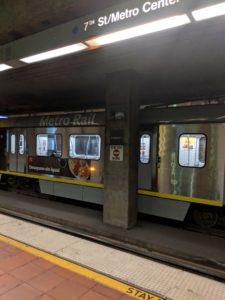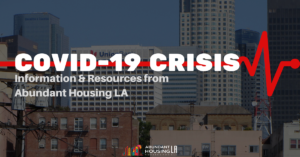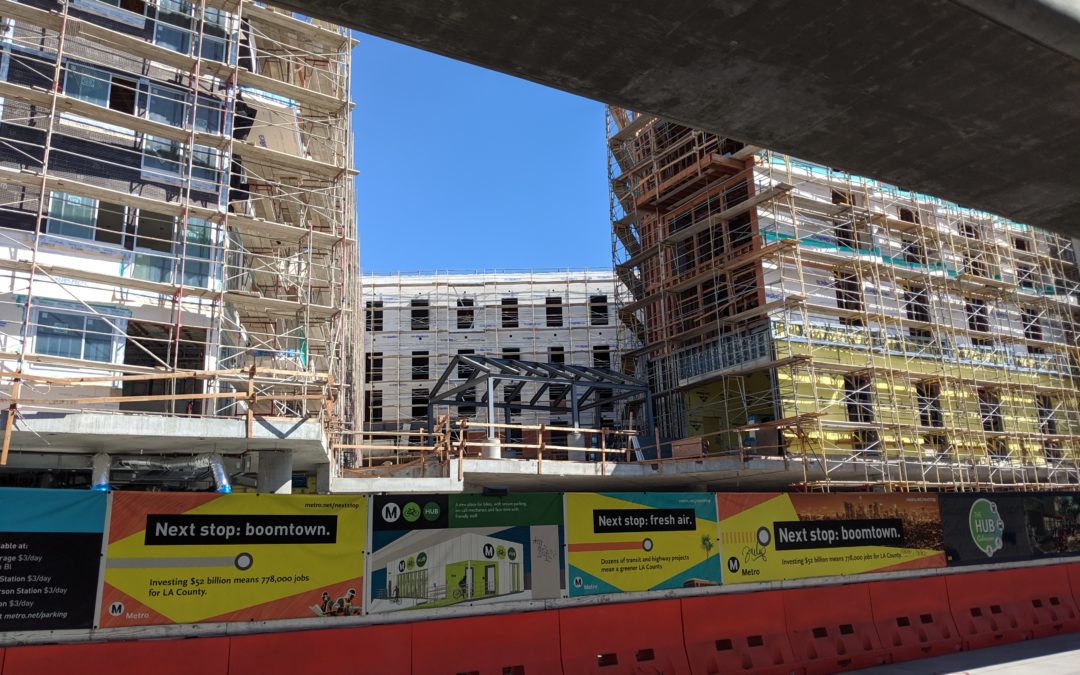The urban planning field, like so many professions during the age of Coronavirus, is having an existential crisis. To most planners, fights over community plans, housing, and transportation projects seem trivial amidst a pandemic that could kill millions and bring down the global economy. The work of planners may seem unimportant right now, especially when compared to the life or death work of the medical profession, but it does have a role to play during this period.
New challenge, old problem
While the most important thing planners can do these days is to elevate the advice of public health professionals, many of the biggest issues that planners work on have become even more acute during the age of Coronavirus. As more government officials order their citizens to stay at home to slow the spread of the virus, having a place to call home has become more important than ever. It is estimated that more than half a million Americans are homeless and in order to prevent them from becoming sick and spreading the virus, it is vitally important that they are provided housing.
It has been great to see California’s Governor, Gavin Newsom, acting with great urgency to secure vacant hotel and motel rooms to provide the state’s homeless population with shelter during the Coronavirus pandemic, however this urgency was needed before and will be needed afterwards if we are serious about ending homelessness. This has not been lost on planners and that is why we should be capitalizing on this moment to advocate for rapidly building permanent supportive housing in locations where residents can easily access public transportation, major job centers, and other amenities. The time to do this is now, as land costs likely go down, which will make it cheaper to acquire the site for development.
Transporting our essentials

A Metro train sits idle at 7th St/Metro Center.
Another area that planners are uniquely positioned to lead on during the age of Coronavirus is transportation. While traffic congestion has disappeared almost overnight due to non-essential businesses closing or shifting to remote work in large swaths of the country, the pandemic has exposed problems in the way we transport people and goods.
In particular, the pandemic shines a light on our vulnerable, transit-dependent population, and how service cuts (due to rapidly declining fares as a result of falling ridership), adds insult to injury during these tumultuous times. Planners must figure out how to either increase funding for these financially fragile transit systems, such as Muni in San Francisco, or mitigate as much as possible the inconveniences caused by service cuts during this period of uncertainty. Better yet, planners have the opportunity now to make needed long term routing and service changes to better serve the primary users of public transit.
Vital safety for vital supply chains
Problems with how we move goods have also been exposed by the pandemic. Freight planning is an often overlooked sub-field of urban planning, but is vitally important in determining how goods reach households in a timely and safe manner. While our supply chains, including those for food and other vital household items, have held up thus far, that system will continue to be taxed as more and more people are ordered to stay at home. Planners, working with the private sector and the public agency boards that they staff and advise, must be creative on how best to ensure the delivery of goods continues for the duration of this crisis.
Urban planning, at its best, is a profession focused on making our communities the best possible places to live, work, and play. The Coronavirus pandemic might be taking away the play part, but the work of urban planners is more important than ever to keep American society afloat. Let’s be ambitious and use the opportunity presented to end homelessness, improve the efficiency and financial position of public transit agencies, and update the way we deliver vital goods to our communities.
This blog post is part of our COVID-19 Crisis Resources.




